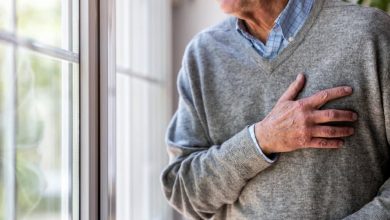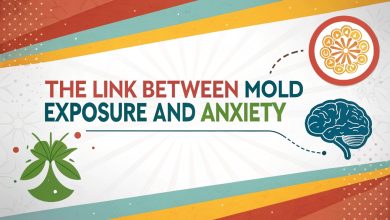The Effects of Anxiety Symptoms to an Individual

Most people get anxious in many things but the response to anxiety can lead to different anxiety symptoms. These different anxiety symptoms are due to the differences in the body compositions and different types of personalities among individuals.
What is anxiety? It is the feeling of dread, nervousness, worrying or apprehension. This feeling happens when people face a hard situation, such as speaking in front of an audience or taking a test. This feeling can affect how an individual behaves during difficult or stressful situations and it can be experienced by the person through the manifestations of anxiety symptoms such as fast and intense heartbeat, fast breathing and sweating profusely. The hands and knees may tremble, which can make the person clumsy. The voice also becomes shaky. There are also gastrointestinal symptoms which include diarrhea, nausea and vomiting.
When these anxiety symptoms appear, the individual’s performance is affected depending on the levels of anxiety.
1. Mild Anxiety
People with mild anxiety can deal with their anxiety symptoms and can work normally. They are alert and attentive because they have high perceptual field, the pupils becomes dilated to give the person a good view, and their senses are heightened. In mild cases, their thinking works at its best, so they can manage their situations.
2. Moderate Anxiety
Those with moderate anxiety have an unhealthy way of managing their anxiety symptoms. Their perceptual field becomes narrowed and they also experience selective inattention. Their focus is decreased and they may also have automatic or purposeless movements such as tapping of fingers, shaking of legs or frequent clearing of throat. They can follow given instructions when they are guided.
3. Severe Anxiety
In severe level of anxiety, the anxiety symptoms can greatly affect the person. They can have difficulty in speaking and their perceptual field is reduced. They are uneasy and they may have short or lose their attention. When their anxiety symptoms appear, these people should be given brief or simple instructions so they can follow it appropriately. It is important that these people should be placed in a safe and secured environment.
4. Panic
The last level of anxiety is called panic and is considered the worst. Here, the anxiety symptoms have totally disrupted the perceptual field of people. They lose the ability to speak, they become irrational and lose their conscious thinking. They cannot follow even simple instruction. These people should not be left alone so they have to be guarded at all times for their security and safety.
Treatment also varies according to the level of anxiety. In mild to moderate cases, these can be managed by the right coping mechanisms. In severe to panic level, these can be dealt with the help of medical and psychological intervention by medical health professionals in order to control their anxiety symptoms.
When people are under stressful situations they can get anxious but the response can vary from person to person. It is important to know when you are getting anxious and what level of anxiety you have, so you can know how to handle these anxiety symptoms and their effect on your being.




